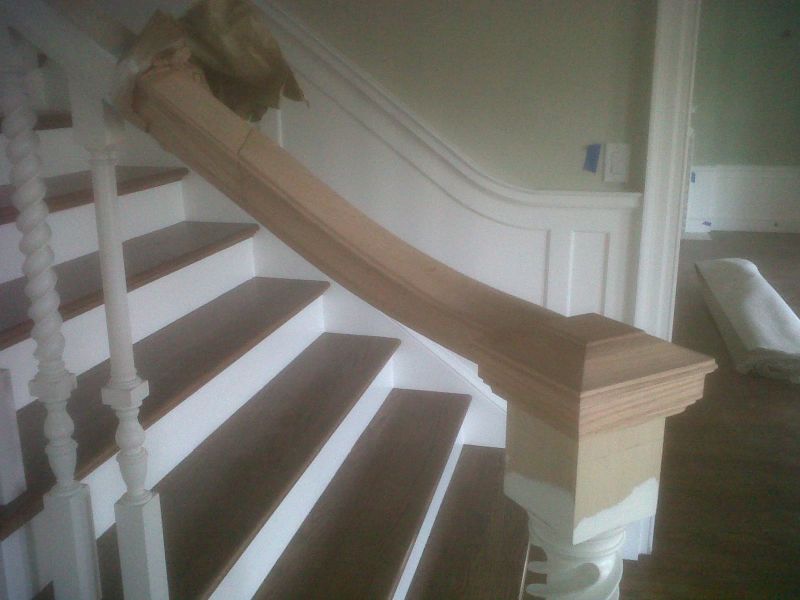Question
I have a delta 10" Tilting Arbor saw that is a bit out of wack. The saw blade is not parallel to the mitre slots. I have my unifence adjusted to be parallel so ripping is not a problem, but I can't use my sleds or mitre gauge accurately. The owner’s manual doesn't give any information on how to true it up. It simply says it comes parallel from the factory. Does anyone have any input/advice on what I need to do to square it up?
Forum Responses
(Solid Wood Machining Forum)
From contributor D:
I had the same problem with a old delta tilting table. This is how I solved it. I had a 10" X 2" X 1/2" thick cold rolled steel bar ground flat both sides with a 5/8" hole bored at 1 end.
1. I removed the blade and mounted the bar to the arbor (make sure the saw is unplugged).
1a. With the bar straight up and down use a good square to bring the table top to exactly 90 degrees.
2. I mounted my dial indicator to the mitre gage and checked with the bar at each end of the travel to see how far out the alignment was.
3. I loosened the bolts holding the table to the arbor assembly only a little.
4. With a mallet I tapped the table whatever way was needed to get a final reading of less than 0.001" on the dial indicator (both ends to the travel).
5. Tighten the bolts and check again.
Repeat the above steps until the final readings are less than 0.001". It took me a couple of hours, but it was time well spent. Your tilting arbor may be a little harder to get to the bolts but the method is the same.
That is until I spent the money and bought a Forrest blade that had less that 0.002 wobble now my alignment had to be better than the wobble. I just couldn't get it good enough to stop the burn without the ground bar and dial indicator.
I see the table saw as the primary standard in my shop and has to be better than everything else or the errors just keep adding up. I have spent the last 30 plus years working with calibration and standards so I tend to go overboard, too far in many cases.
